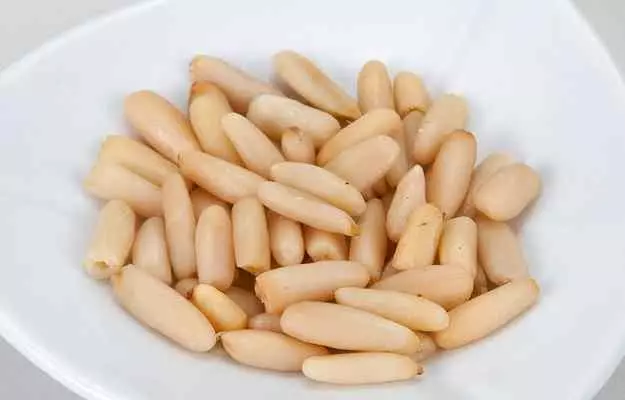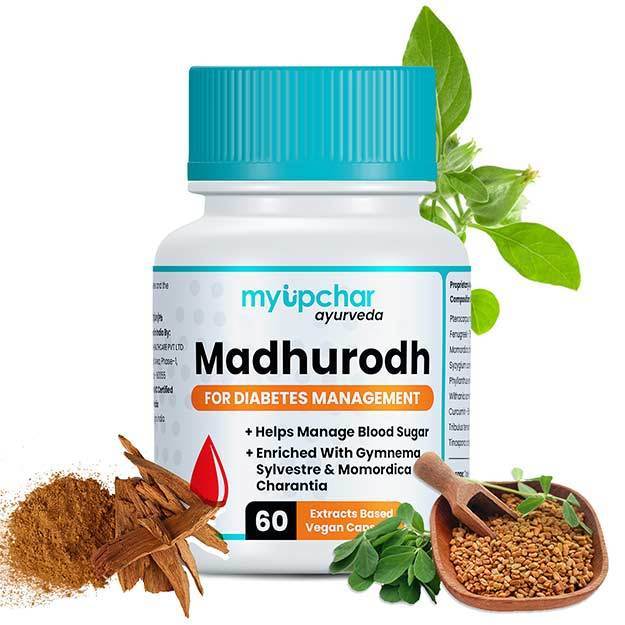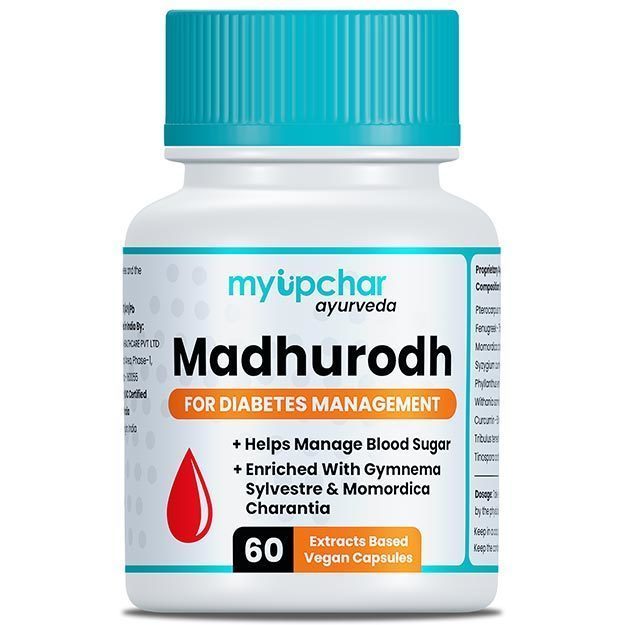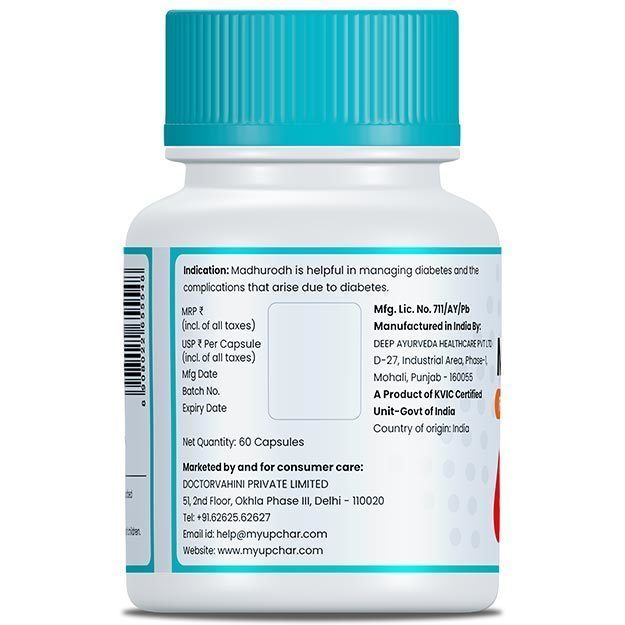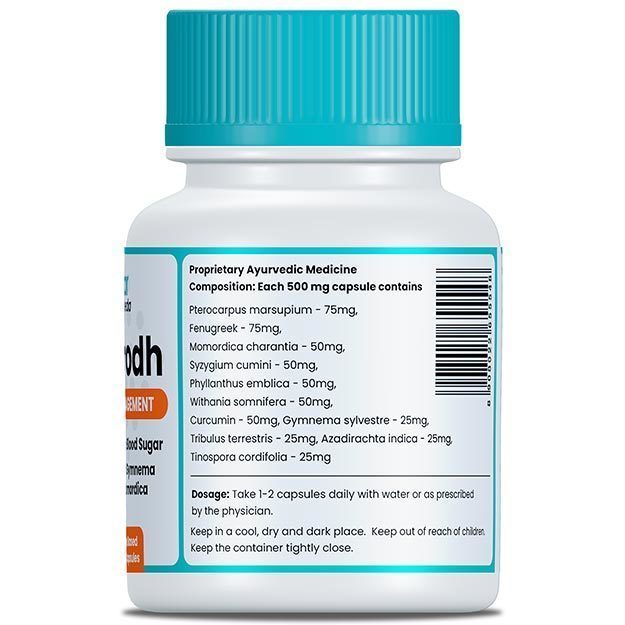Chilgoza or pine nuts are seeds which belong to the evergreen pine tree. The pine tree flowers in the months between May-June whereas the cones ripen during months of September to October of the following year. The seeds are obtained from the cones which have ripened and are then plucked prior to opening. The scales of these cones are opened by heating them and the seeds can be shaken out of the cones with ease. The kernels which are also called giri or magaj are oleaginous in shape and they have a very delicate flavour.
These seeds are edible and are extremely nutritious. Although all pine trees yield the pine nuts, very few, about 20 species of these pine trees yield such pine nuts which are large enough to be eaten.
After they are harvested, these nuts must be shelled from the cones before consumption. Pine nuts which are unshelled are highly susceptible to spoiling. This is because of its high oil content. So, it is best to consume them fresh or store them in a fridge.
Pine nuts are a delicacy in various parts of the world. The native Americans from the Great Basin had harvested these nuts for over 10,000 years. Pine nuts became quite popular in Asia and in Europe in the Paleolithic era. In fact, pine nuts were prescribed by Egyptian physicians for various kinds of ailments. Roman soldiers are said to have enjoyed the flavour and health benefits of these nuts. Ever since 300 BC, they have also been mentioned by many Greek authors. They have carminative and expectorant properties. Also, they act as a stimulant. In contrast to other nuts, the kernels of chilgoza have no cholesterol at all and are rich sources of proteins, carbohydrates, and fats. The Chilgoza pine nut contains various different types of antioxidants which are Lycopene, Tocopherol, Gallocatechin, Carotenoid, etc. All of these antioxidants help promote optimal functions of the various body organs. Furthermore, pine nuts can be used in the form of a skin supplement as they can also keep the skin healthy. Whole pine nuts are consumed by a lot of people. As per a research, the level of antioxidants falls considerably when the nuts are roasted. So, it is advisable to eat this nut raw rather than having it in its roasted form.
Some basic facts about Chilgoza:
-
Scientific Name: Pinus gerardiana
-
Family: Pinaceae
-
Common Name: Chilgoza, Pine nuts
-
Sanskrit name: Nikochak
-
Parts used: The nut is the most edible part of a chilgoza.
-
Native Region and Geographical Distribution: Chilgoza is native to Northwestern Himalayas. It is grown in northwest India, Afghanistan, and Pakistan at an elevation of 1800-3350 m
-
Fun fact: Neje is the name given to pine nuts which grow in the Himalayas. They grow at an altitude ranging between 1800 and 3500 meters. These have a high price in the market which makes them one of the most important cash crop among the local lot.

